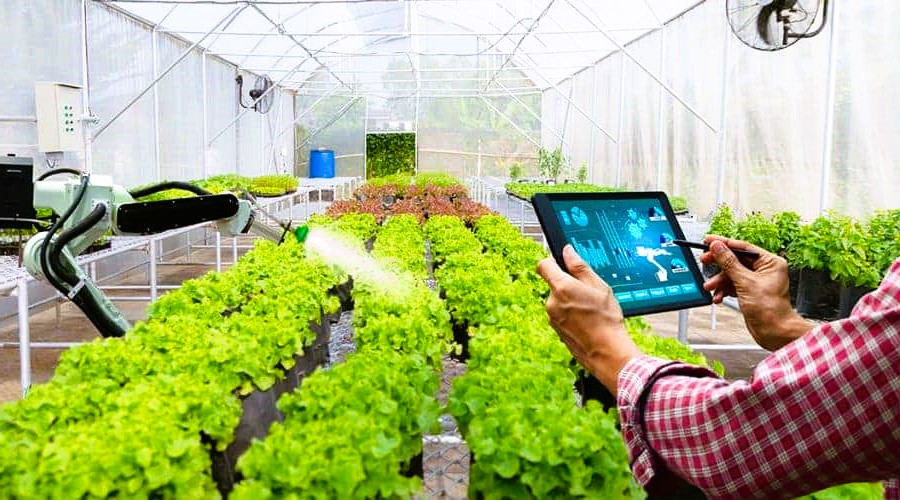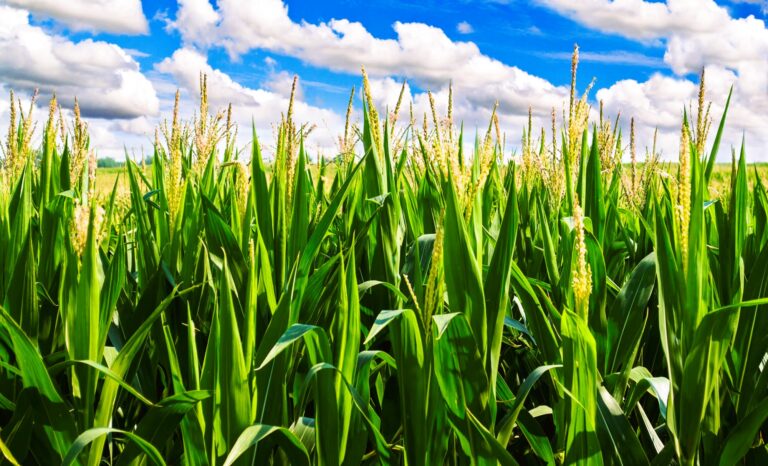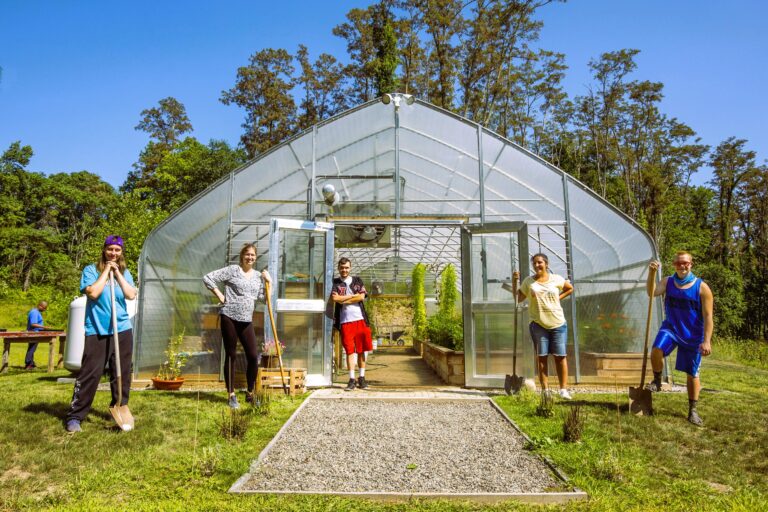In today’s rapidly evolving agricultural landscape, embracing innovation is essential for private farmers to achieve success and sustainability. Modern techniques and technologies offer promising opportunities to optimize farm management, increase productivity, conserve resources, and promote environmental stewardship. This article explores some of the innovative practices that private farmers can adopt to enhance their farming operations, covering precision agriculture, smart farming, vertical farming, and the significance of adhering to standardized guidelines for agricultural innovation.
Section 1: Precision Agriculture
Precision agriculture, also known as precision farming or smart farming, involves using advanced technologies to tailor farm practices to specific field conditions, enabling more efficient resource utilization. With the aid of global positioning systems (GPS), sensors, and data analytics, farmers can precisely assess soil variability, crop health, and water needs.
- 1.1 GPS Guidance Systems: GPS-guided machinery allows farmers to optimize field operations by minimizing overlap and avoiding missed areas during planting, spraying, and harvesting. This reduces input costs and enhances the overall efficiency of farming practices.
- 1.2 Remote Sensing: Satellite and drone imagery can provide valuable data on crop health, identifying stress factors early on and enabling targeted intervention. Remote sensing facilitates timely decision-making, leading to improved yields and resource management.
- 1.3 Variable Rate Technology (VRT): VRT involves applying inputs, such as fertilizers and pesticides, at variable rates according to field variability. This technique maximizes crop performance while minimizing environmental impact.

Section 2: Smart Farming
Smart farming encompasses a range of innovative technologies that integrate data-driven decision-making into farm management. These technologies empower farmers to monitor and control various aspects of their operations remotely.
- 2.1 IoT and Sensors: The Internet of Things (IoT) connects sensors and devices across the farm, providing real-time data on soil moisture, weather conditions, and livestock behavior. This information allows farmers to make data-driven decisions and respond promptly to changing conditions. Like the article? Read also about organic farming, its beauty for the farm.
- 2.2 Automated Systems: Automated irrigation, feeding, and milking systems optimize resource utilization and reduce labor requirements. These systems enhance efficiency and enable farmers to focus on higher-value tasks.
- 2.3 Data Analytics and Farm Management Software: Advanced software platforms collect and analyze data from multiple sources, enabling farmers to gain insights into their operations, identify patterns, and optimize performance.
Section 3: Vertical Farming
Vertical farming is an innovative approach that involves growing crops in vertically stacked layers or vertically inclined surfaces, often in controlled environments. This technique is particularly suited for urban areas with limited space and allows farmers to cultivate crops year-round.
- 3.1 Controlled Environment Agriculture (CEA): Vertical farms employ controlled environments, including artificial lighting, temperature, and humidity regulation, to optimize plant growth and yield. CEA reduces the impact of adverse weather conditions on crop production.
- 3.2 Resource Efficiency: Vertical farming typically uses less water and land compared to traditional agriculture, making it a sustainable option for food production in densely populated areas.
- 3.3 Fresh Produce Supply: By eliminating long transportation distances, vertical farms can supply fresh produce directly to urban consumers, reducing the carbon footprint of the food supply chain.
Section 4: Standardized Guidelines for Agricultural Innovation
Adherence to standardized guidelines is crucial when adopting innovative practices in agriculture. These guidelines are established by regulatory bodies and agricultural experts to ensure the safe and responsible implementation of new technologies.
For comprehensive information on agricultural innovation standards and best practices, farmers can refer to reputable sources such as Wikipedia’s page on “Agricultural Technology“.
Section 5: Benefits and Challenges of Embracing Innovation
5.1 Benefits:
- Increased Efficiency: Innovative techniques streamline farm operations, reducing wastage and optimizing resource utilization.
- Improved Yield and Quality: Precision agriculture and smart farming help farmers achieve higher yields and better-quality crops.
- Sustainability: Vertical farming and other innovative practices promote sustainable agriculture by conserving resources and reducing environmental impact.
- Economic Viability: Embracing innovation can enhance the economic viability of farming operations, ensuring long-term success.

5.2 Challenges:
- Initial Investment: Adopting new technologies may require a significant initial investment, which can be a barrier for some farmers.
- Technical Skills and Training: Farmers need to acquire technical skills to operate and maintain advanced machinery and systems effectively.
- Data Security and Privacy: The collection and storage of farm data raise concerns about data security and privacy, requiring robust data protection measures.
Conclusion
Embracing innovation is a transformative journey for private farmers seeking to achieve success and sustainability in today’s agricultural landscape. Precision agriculture, smart farming, vertical farming, and other innovative techniques offer promising opportunities to optimize farm operations, increase productivity, and promote environmental stewardship. By adhering to standardized guidelines, farmers can ensure the responsible adoption of new technologies and contribute to the advancement of agriculture in the 21st century. Embracing innovation not only enhances individual farm performance but also contributes to the greater goal of ensuring food security and meeting the challenges of a rapidly growing global population.



